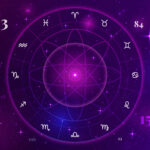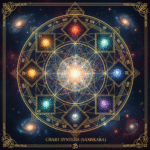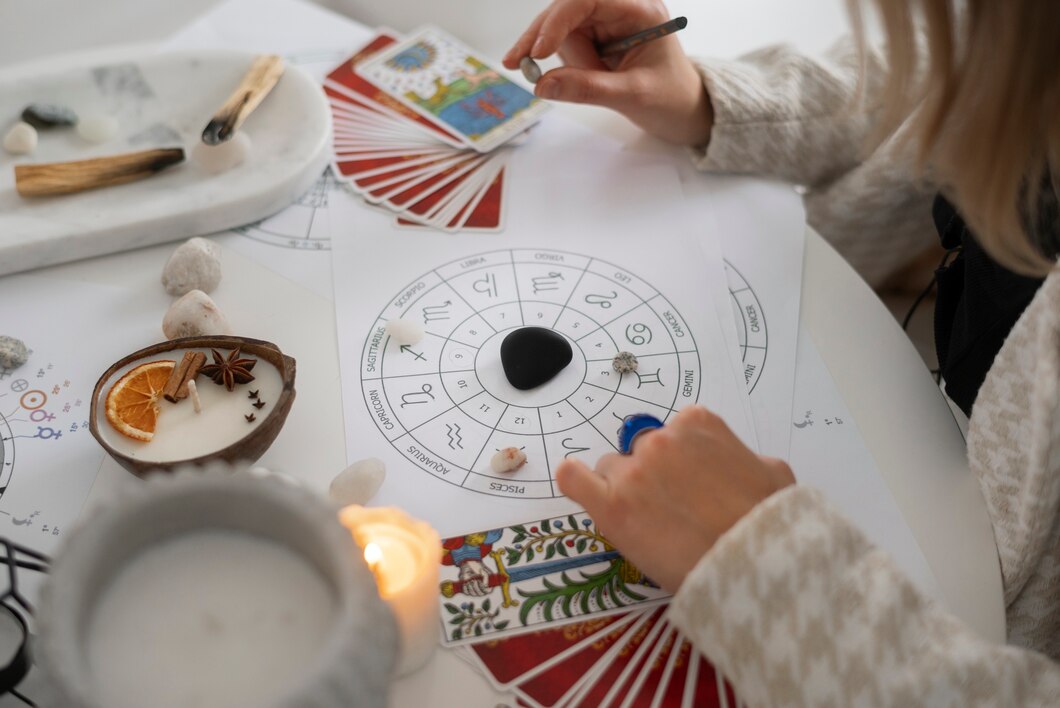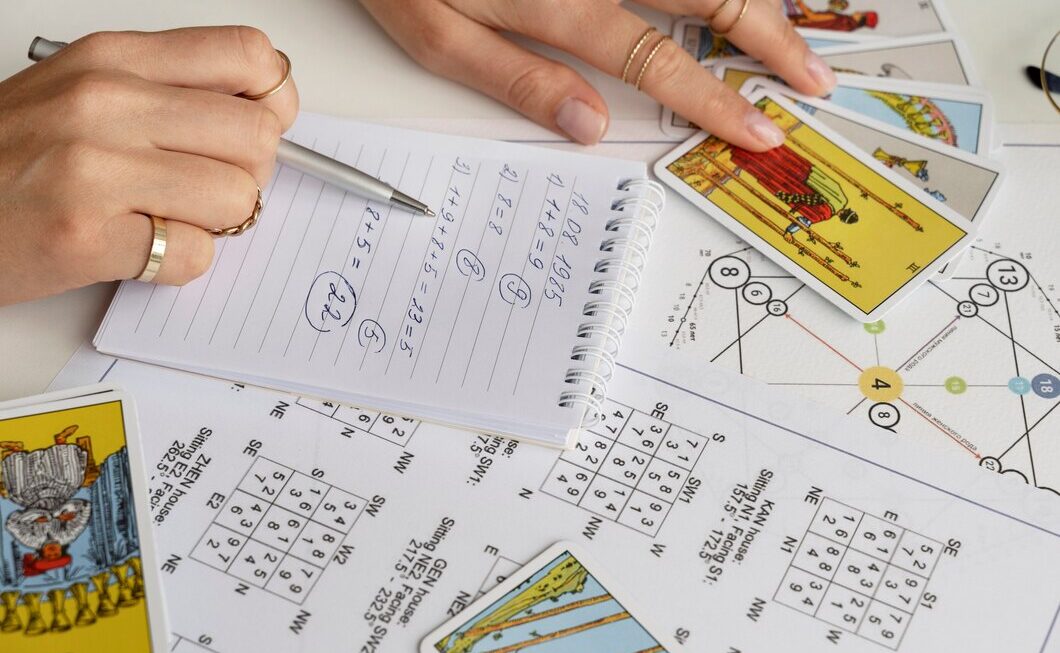To Muhurta chart analysis (the astrological map cast for the moment of an event), one must transition from a time-selection process to a focused electional chart reading. The goal is to ascertain the inherent strengths and weaknesses that this moment imprints onto the endeavor. This rigorous process of muhurta interpretation focuses on three primary areas: the Ascendant, the Moon, and the placements of the primary significators.
The Three Pillars of Muhurta Chart Analysis
A successful muhurta chart analysis hinges on the strength and placement of three critical components. When analyzing an electional chart, these are the first elements to scrutinize, moving from the most impactful to the event-specific.
1. The Strength of the Ascendant (Lagna)
The Ascendant (Lagna) and its Lord (Lagnesh) define the “body” and overall health of the event. It is the single most important factor.
- Ascendant Sign Type: Look for Fixed Signs (Taurus, Leo, Scorpio, Aquarius) for activities requiring stability and longevity (e.g., marriage, laying a foundation). Use Dual Signs (Gemini, Virgo, Sagittarius, Pisces) for endeavors requiring flexibility or growth (e.g., starting a school, publishing a book). Avoid Movable Signs (Aries, Cancer, Libra, Capricorn) for events needing permanence, as they indicate rapid change and movement.
- Ascendant Lord’s Placement: The Lagnesh must be strong—ideally placed in a Kendra (1st, 4th, 7th, 10th house) or a Trikona (5th, 9th house). A Lagnesh debilitated, combust, or placed in a Trika house (6th, 8th, 12th) weakens the entire event.
- Benefic Aspects/Conjunctions: The Ascendant itself should be aspected or joined by natural benefics, particularly Jupiter (for luck, protection, and expansion) and Venus (for harmony and resources). A Jupiter aspect to the Lagna is a powerful mitigating factor, protecting the event from many minor flaws.

2. The Condition of the Moon (Chandra)
The Moon signifies the mental peace, emotional harmony, public reception, and general vitality of the event.
- Moon’s House: The Moon must be well-placed, preferably in a Kendra or Trikona, or the 11th house (gains). Its placement in the 6th, 8th, or 12th house is a major affliction (Dosha) for any Muhurta. The 8th house Moon, in particular, indicates sudden obstacles or crises.
- Moon’s Strength and Phase: The Moon should be Waxing (growing from New Moon to Full Moon), which imparts increasing vitality and support. A Waxing Moon is generally considered a benefic. A Full Moon (Purnima) is excellent for spiritual and emotional activities.
- Affliction: The Moon must be free from conjunctions or close aspects with major malefics like Saturn (delays, gloom) or Mars (conflict, abrupt ending). The Moon’s association with a malefic is a powerful source of stress in the muhurta reading.
3. Examination of the Event’s Primary Significators
The analysis must then focus on the planets that rule the core purpose of the event.
| Event Type | Primary Significator (Karaka) | Favorable House Placements to Look For | What to Avoid |
| Marriage | Venus (Harmony/Spouse), Jupiter (Blessings) | Strong in Kendra/Trikona. Venus in 7th or 10th; Jupiter in 1st/7th. | Venus debilitated, combust, or in the 6th/8th house. Malefics in the 7th house (partnership). |
| Business Launch | Mercury (Commerce/Communication), Jupiter (Expansion) | Mercury in the 10th (Karma/Action) or 11th (Gains); Jupiter aspecting the 10th. | Mercury Retrograde (causes revisions/delays) or combust. Saturn in the 10th (can cause delays). |
| Housewarming | Moon (Home/Peace), Jupiter (Blessings) | Moon and Jupiter strong in the 4th house (Home/Mother). | Mars or Saturn in the 4th house (conflict, distress). |
| Starting Travel | Moon (Mind/Movement), Rahu (Foreign Lands/Journey) | Moon in a Movable Nakshatra (e.g., Sravana). Strong 9th (long distance) or 12th (foreign residence) house. | Moon in the 8th or 12th house. Rahu afflicted (accidents). |
Key Malefic Placements to Reject (Muhurta Rejection)
When conducting a muhurta chart analysis, the presence of any of the following is usually grounds for rejecting the entire time slot, as they represent fundamental Doshas (faults) that cannot be easily mitigated.
- Malefics in the 7th House: The 7th house is the house of relationships and contracts. The presence of Mars (conflict, separation), Saturn (delays, coldness), or Sun (ego, heat) here is highly damaging, especially for marriage or partnerships.
- Malefics in the 8th House: The 8th house rules obstacles, sudden events, and longevity. Malefics here (or the Lagnesh here) significantly reduces the longevity and smooth operation of the event. Moon in the 8th house is a universally avoided flaw.
- The Lagnesh in the 6th, 8th, or 12th House: If the Lord of the Ascendant is placed in any of the Trika houses, it severely undermines the chart’s strength and potential for success.
- Planetary Retrogression: While not always a rejection factor, starting a major activity when its Karaka is Retrograde (e.g., Mercury for business, Venus for marriage) is avoided as it suggests the event will require re-doing, revision, or a return to the past.
In essence, a deep muhurta reading is a check on stability, strength, and alignment. The ideal chart is one where the foundations are fixed, the emotional climate is calm, and the purpose-driven planets are empowered to fulfill their roles without obstruction.











